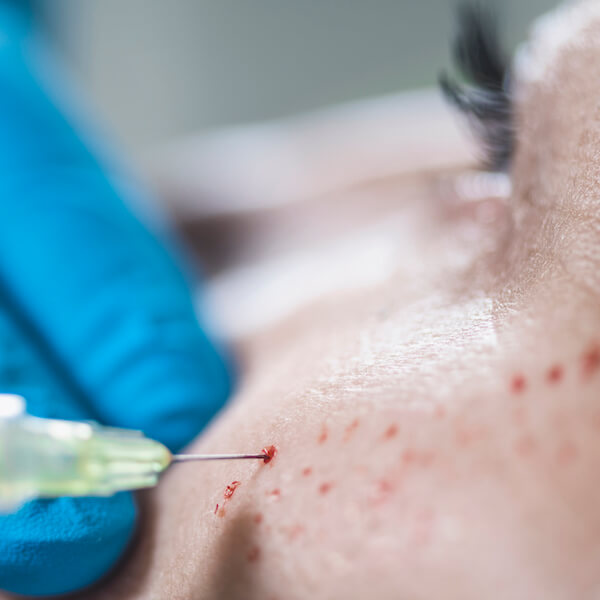PRP therapy, a medical marvel in its own right, leverages the body's own natural healing process. By using the platelets from your own blood, this treatment seeks to expedite the healing process, reduce pain, and rejuvenate injured tissue.
Treatments and Platelet Rich Plasma Therapy
From treating chronic tendon injuries to offering symptom relief for knee osteoarthritis, the applications are vast. And while PRP treatments can also address concerns like hair loss, those interested in PRP for hair can explore our specialized PRP for Hair Treatments page.
Understanding PRP: The Science Behind It
The Significance of PRP Injections
Platelet-rich plasma (PRP) is a concentration of platelets and growth factors derived from one's own blood. It plays an essential role in our body's natural healing process. When an injury occurs, platelets release growth factors, proteins essential for wound healing and tissue repair.
What is PRP made of?
Blood is an intricate mixture of various components, each playing a vital role in maintaining our health. Predominantly, it comprises red blood cells responsible for oxygen transportation, white blood cells defending against infections, platelets crucial for clotting, and plasma, the liquid part which carries all these cells and other nutrients.
Platelets, though tiny in size, play a pivotal role beyond just blood clotting. They are a reservoir of growth factors - proteins that regulate cell growth and division.
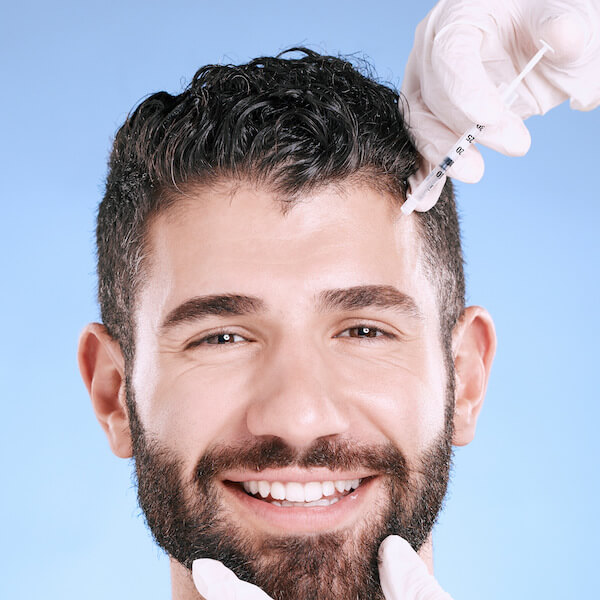
These growth factors are essential players in the body's healing process, aiding in tissue repair and regeneration.
One specific study delving into the effects of PRP injections on chronic tendon injuries provides illuminating findings. Tendons, the fibrous tissues connecting muscles to bones, can develop chronic injuries due to repetitive strain or acute trauma. Traditional treatments for such injuries often involve pain management, physiotherapy, and sometimes surgical intervention.
In the study, participants with chronic tendon injuries, like lateral epicondylitis (tennis elbow) or Achilles tendinopathy, received PRP injections. Results indicated a noticeable improvement in the treated tendons' structural integrity. Ultrasound imaging and MRI scans depicted a reduction in the damaged tissue area post-treatment. Moreover, patients reported a significant decline in pain levels and improved function in the affected tendons.
A theory postulated from the study's findings is that the growth factors in PRP potentially expedite the healing process of injured tissue, promoting the development of new collagen fibers, essential for tendon strength and flexibility.
The Pivotal Role of Blood Components in Healing
The effectiveness of PRP therapy underscores the significance of blood components in the healing process. By harnessing and concentrating these components, particularly platelets and their associated growth factors, PRP therapy offers a promising avenue in regenerative medicine. Its potential in treating various conditions, especially chronic ones that historically posed treatment challenges, is a testament to the power and versatility of the body's natural mechanisms.
ENQUIRE ONLINE
Using this form to enquire online, this is the fastest way to ensure your enquiry reaches the best person in our team as quickly as possible.
Why Choose PRP Therapy?
Accelerating Healing in Orthopedic Procedures:
PRP therapy is becoming a staple in orthopedic surgery. When treating conditions like torn tendons and chronic tendon injuries such as tennis elbow (lateral epicondylitis), prp injections have shown to expedite the body's natural healing process.
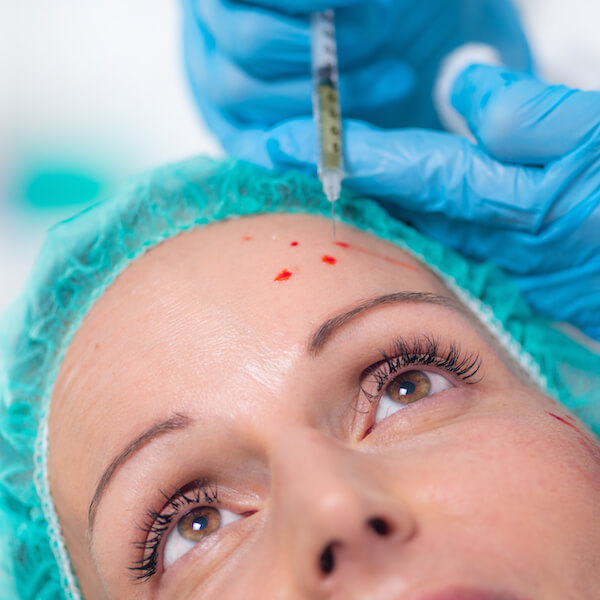
Platelet rich plasma therapy has been the subject of numerous studies and medical research, for example one study published in the Journal of Blood Transfusion in 2014 investigated the long term outcomes for treating refractory Achilles Tendinopathy.
This study involved 23 patients who had not responded to conventional treatments and received PRP injections under the guidance of ultrasound. The results showed significant improvement in function and in symptoms which persisted even after 4 years at the follow up.
The presence of growth factors in PRP plays a pivotal role in this rapid healing, making PRP treatments a non-invasive choice among orthopaedic surgeons after surgery.
Cosmetic Treatments with PRP
On the cosmetic frontier, platelet rich plasma therapy is revolutionizing treatments for sagging skin and hair loss. One treatment, the "vampire facial," uses a patient's own blood which is processed to extract the platelet-rich plasma.
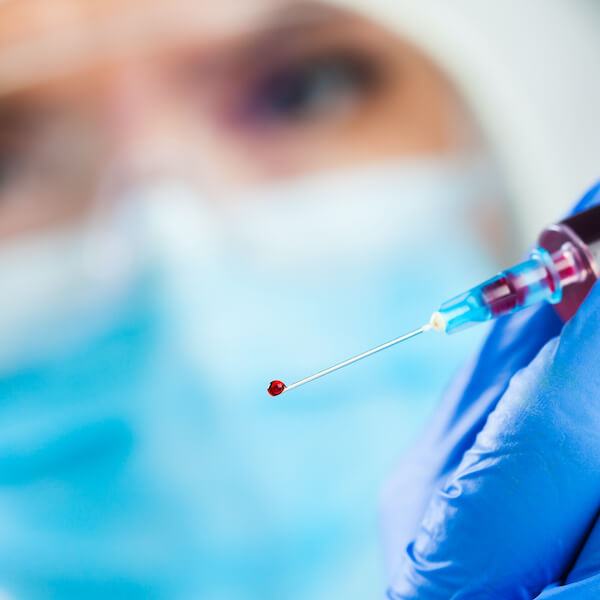
This platelet rich plasma (PRP) is then reinjected into the facial skin. The proteins called growth factors within PRP stimulate collagen production, leading to rejuvenated, younger-looking skin.
PRP injections, combined with other treatments, have shown promise in combating male pattern baldness, promoting hair growth. The natural composition of PRP means there's a lower risk of allergic reactions, making it a safer option for many cosmetic procedures.
PRP in Treating of Sports Injuries
Athletes, from weekend warriors to professionals, often grapple with the challenge of recovering from acute sports injuries. Seeking faster recovery and optimal performance, many are turning to the innovative solutions offered by Plush Aesthetics - the gold standard being Platelet Rich Plasma (PRP) treatments.
Multiple studies including in the American Journal of Orthopedics that looked at PRP in Orthopedic Sports Medicine, and a study published by the American Orthopaedic Society for Sports Medicine on the use of intra-articular PRP as a therapeutic intervention helped to illuminate the remarkable benefits of PRP.
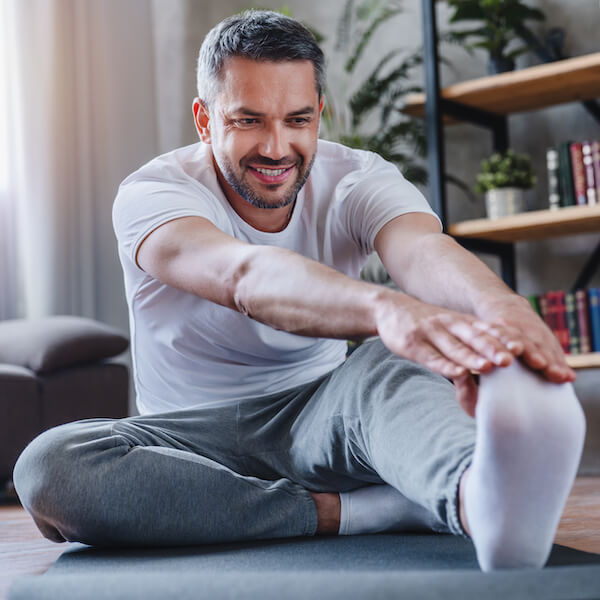
A groundbreaking study published in the American Orthopaedic Society for Sports Medicine involved a randomized controlled trial for Athletes suffering from hamstring injuries, a common plight in the sports world, were observed.
The study concluded that a "single autologous PRP injection combined with a rehabilitation program was significantly more effective in treating hamstring injuries than a rehabilitation program alone".
Frequently Asked Questions
about Platelet Rich Plasma
Can a PRP Injection help with Knee Sprains and Knee Osteoarthritis?
Yes, PRP therapy has shown promising results in treating both knee sprains and knee osteoarthritis. PRP, or Platelet Rich Plasma, is a concentration of platelets derived from a patient's own blood, known to be rich in growth factors and proteins that aid in tissue repair and inflammation reduction.
For knee sprains, PRP therapy aids in accelerating the healing process by stimulating tissue regeneration and for knee osteoarthritis, PRP has emerged as an innovative non-surgical treatment option. Research has shown how this can be achieved by the PRP's ability to modulate inflammation and promote cartilage repair.

